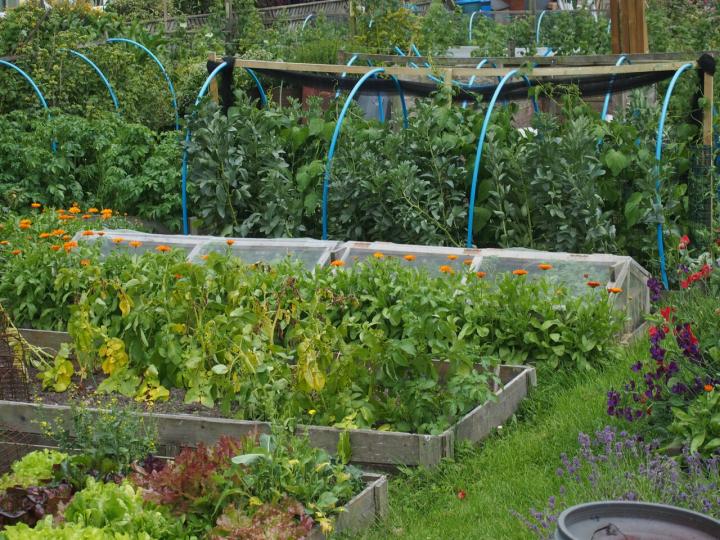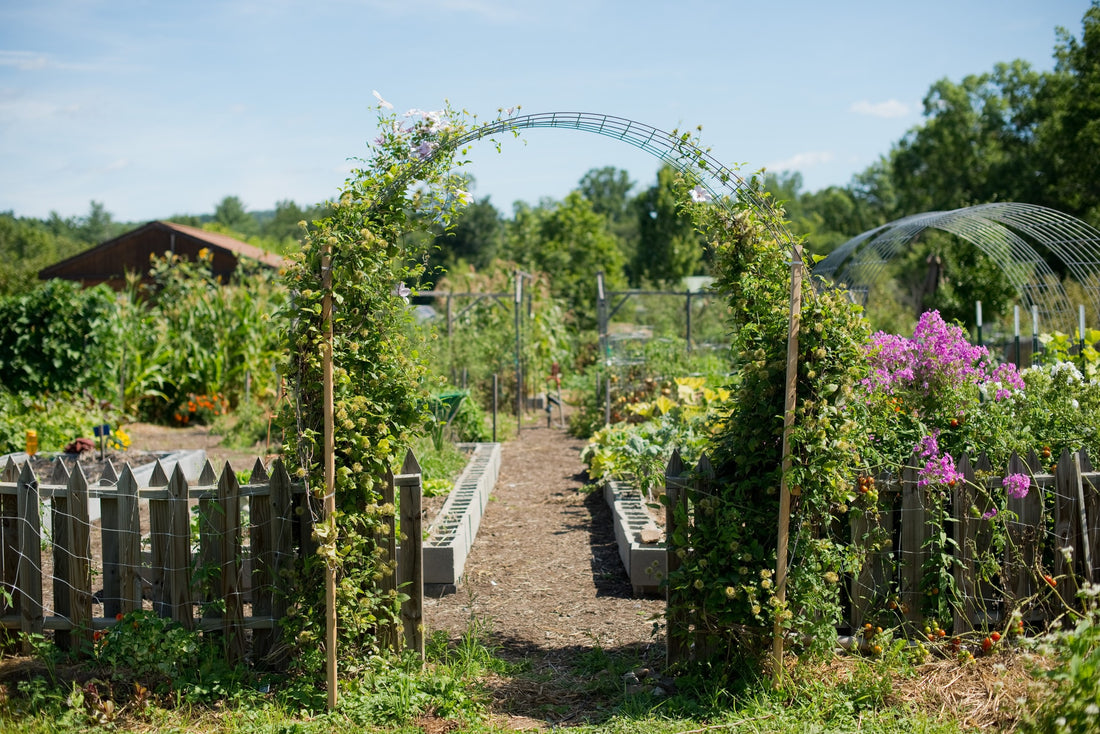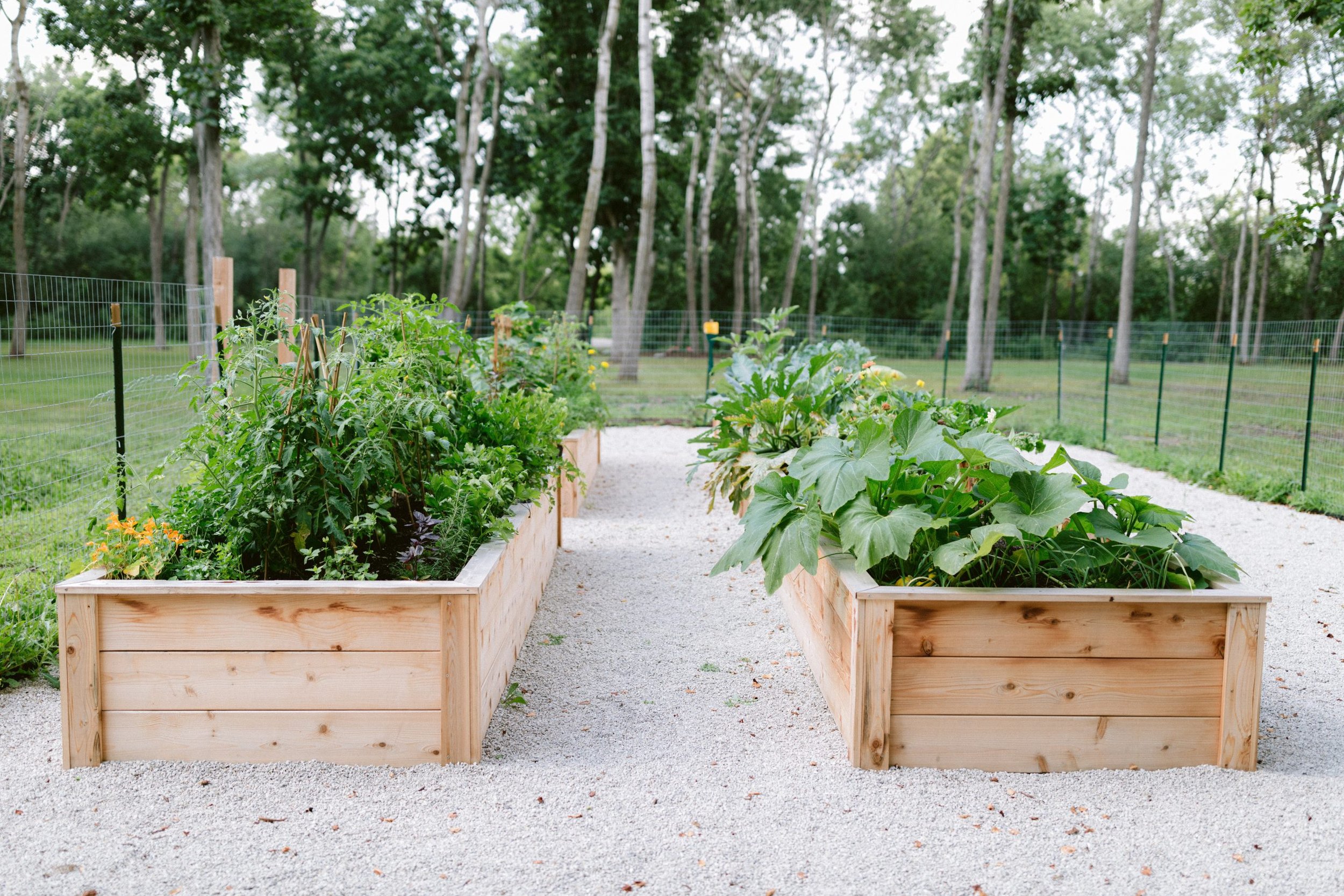Learn Exactly How to Cultivate a Growing Gardening Environment for All Ability Levels
Producing a growing garden is a multifaceted undertaking that can be welcomed by individuals at any type of skill degree. By checking out key elements such as soil health, suitable plant choice, and seasonal treatment routines, one can create a lasting gardening method that produces rewarding results. Recognizing how to assess and enhance your garden space lays the foundation for success. The ins and outs of carrying out these principles frequently present obstacles that can hinder also the most enthusiastic beginner. What approaches can be utilized to get over these obstacles and promote a really flourishing environment?
Recognizing Your Yard Area
In the world of horticulture, recognizing your yard area is paramount to cultivating a thriving landscape (Homestead Gardening). The initial step in this undertaking involves assessing the details attributes of your story. Factors such as soil structure, sunlight exposure, and water drainage play essential duties in figuring out the viability of your yard for numerous kinds of plants
Begin by carrying out a dirt examination to assess pH levels and nutrition material, which will inform any kind of essential amendments. In addition, observe just how much sunlight your space receives throughout the day. Different plants have differing light demands; some prosper completely sun, while others choose partial or full color.

Lastly, examine the offered area and plan accordingly. This includes considering plant elevations and infected make certain adequate room for development without congestion. By gaining a thorough understanding of your yard space, you set the foundation for an effective horticulture experience.
Selecting the Right Plants
Choosing the right plants for your yard calls for mindful factor to consider of numerous variables, including environment, dirt conditions, and personal choices. Start by evaluating your neighborhood climate, as specific plants prosper specifically temperature ranges and climate patterns. Exotic plants may not make it through in chillier regions, while hardy perennials can withstand severe wintertimes.

Consider your personal choices, including aesthetic allure and maintenance levels. Choose whether you favor lively flowers, lush vegetation, or edible crops. Additionally, element in the time and effort you agree to purchase plant care, as some selections demand even more attention than others.
Last but not least, think of the yard's design and light exposure. Sunlight patterns throughout the day will certainly influence your options-- some plants call for full sunlight, while others grow in color. By thoughtfully analyzing these aspects, you can produce a harmonious and productive garden customized to your atmosphere and preferences.
Vital Gardening Tools
A well-appointed gardener can substantially enhance their gardening experience and end results. Essential gardening devices are basic to growing a successful garden, no matter ability degree. First, a tough spade is invaluable for excavating and turning soil, while a trowel permits accurate planting and hair transplanting of smaller sized plants.
Pruning shears are crucial for preserving plant health and wellness by removing dead or why not try here thick branches, advertising better air flow and development. Furthermore, a hand rake works for getting rid of particles and freshening the dirt, making certain ideal problems for plant origins.
Gardening gloves shield hands from sores, thorns, and chemicals, making them a necessary device. A watering can or hose pipe with an adjustable nozzle guarantees that plants get ample dampness without overwatering.
Lastly, consider purchasing a sturdy wheelbarrow for delivering soil, plants, and devices around the garden efficiently. By assembling a quality toolkit that consists of these vital products, gardeners can take on different tasks with self-confidence and ease, leading the way for a flourishing horticulture environment. Remember, the right tools not only improve efficiency yet likewise enhance the general satisfaction of the horticulture process.
Dirt Prep Work and Maintenance
Quality dirt is the structure of a successful garden, making correct prep work and maintenance essential for healthy plant growth. Based on the examination results, modifications can be made to maximize soil conditions for specific plant needs.
Integrating raw material, such as garden compost or well-rotted manure, is important for improving dirt structure and fertility. This not only boosts nutrition accessibility however likewise promotes useful microbial activity. In addition, proper water drainage is essential; hefty clay dirts may call for the enhancement of sand or perlite to boost oygenation.
Regular upkeep of dirt wellness consists of mulching, which conserves wetness and subdues weeds. Revolving plants every year aids avoid nutrient deficiency and minimizes pest and illness risks. It is additionally important to avoid over-tilling, which can interfere with soil framework and damage helpful microorganisms.
Ultimately, a consistent dedication to soil preparation and upkeep will certainly lead try this website to a prospering garden, ensuring that plants obtain the essential nutrients they require for durable development and efficiency.
Seasonal Care and Administration

In spring, concentrate on planting brand-new seeds and seedlings, while also conducting dirt tests to amend nutrient deficiencies. Consistently look for illness and pests, as these can multiply with the warming weather. Summertime demands consistent watering and mulching to retain dampness, in addition to pruning for much better air blood circulation.
As autumn strategies, it's time to prepare the yard for inactivity. This consists of collecting plants, cleaning up debris, and applying a layer of mulch to secure plant roots from frost. Consider planting cover crops to enrich the soil throughout the winter months.
Lastly, winter season care is important. Evaluate structures like greenhouses for damages and make sure proper insulation for delicate plants. Frequently keep track of for pests that might seek haven inside. By adapting your horticulture practices to the great post to read seasonal cycles, you can promote a flourishing atmosphere that sustains plant health and wellness year-round.
Conclusion
In final thought, growing a successful yard requires a thorough understanding of vital concepts such as soil composition, sunshine direct exposure, and ideal plant option. Implementing effective soil preparation and upkeep strategies, together with using the right devices, fosters an optimal growing environment. Regular seasonal treatment and administration practices further boost plant wellness and efficiency. By sticking to these fundamental guidelines, people in all ability levels can achieve a flourishing garden that adds to both visual enjoyment and ecological sustainability.
Selecting the right plants for your yard calls for careful factor to consider of various aspects, including environment, dirt conditions, and personal choices. Conduct a dirt examination to identify pH degrees and vitamins and mineral material, which will certainly lead you in choosing plants that will grow in your yard.Last but not least, consider investing in a tough wheelbarrow for carrying soil, plants, and devices around the yard successfully.Quality dirt is the structure of a successful garden, making correct preparation and upkeep essential for healthy and balanced plant development. Homestead Gardening.In verdict, cultivating a successful yard requires a detailed understanding of important principles such as dirt composition, sunshine direct exposure, and suitable plant selection